Described as “one of the best-preserved testimonials of the Second World War Nazi atrocities,” I knew I had to make a stop at Fort Breendonk Concentration Camp on my recent Belgium WWII road trip. The slogan of this historical site is “Breendonk. Stays with you. For life.” And they aren’t kidding. You won’t soon forget the things you see here.
The next time you’re in Belgium, be sure not to miss this place. This post provides all the stuff you need to know for your visit.

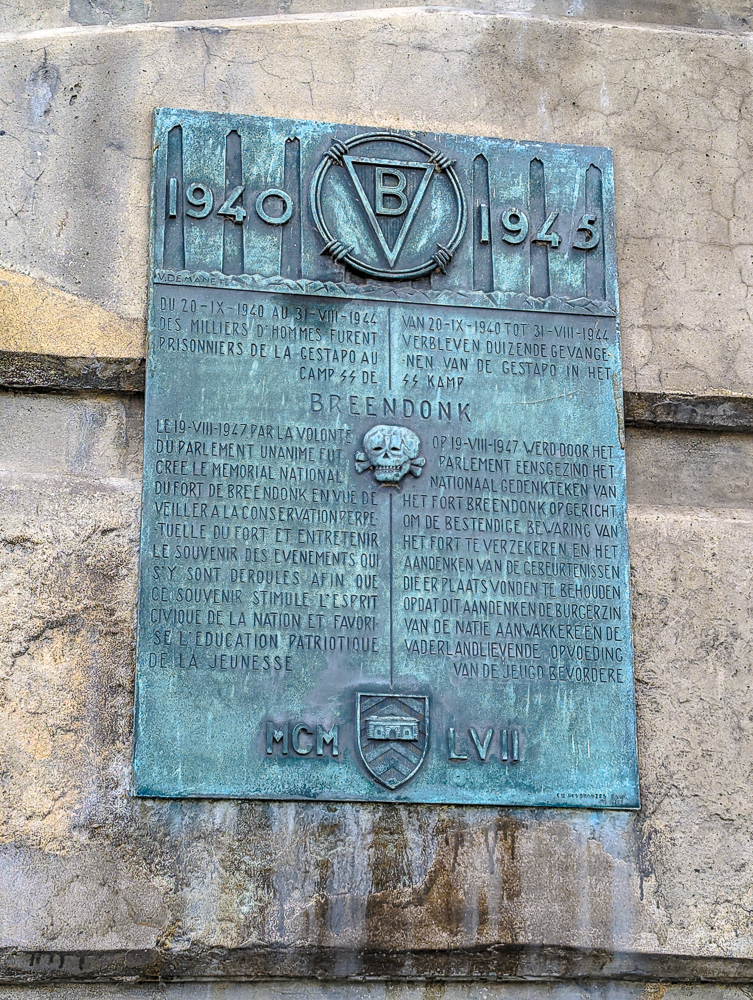
Why visit Fort Breendonk
Part of the reason I’m sharing this information is to encourage you to visit some of the lesser-known Nazi concentration camps throughout Europe. So many people think the story of the Holocaust begins and ends with Auschwitz but that’s not even close to accurate.
All said and done, there were approximately 44,000 Nazi concentration camps in operation during the war. Yes–44,000! And though you can’t visit all of them today, you can visit a lot of them.
And though you may assume they’re “all the same,” I can assure you–as someone who’s visited many of them–that they’re all unique. I mean it, no matter how many of these camps you visit, you’ll never have the same experience twice. That said, Fort Breendonk has definitely been one of the more memorable ones for me.

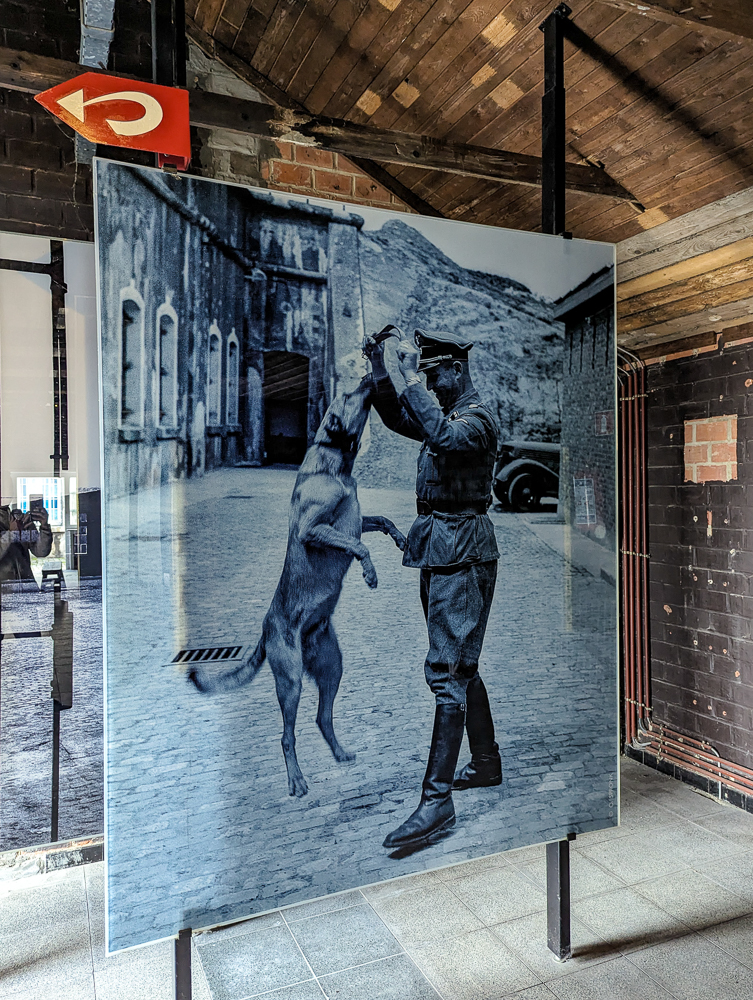
What is Fort Breendonk
At the beginning of WWI, Belgium constructed a chain of defensive forts to protect the strategic port at Antwerp from German invasion. Fort Breendonk was one such fortress.
The concrete fort remained a military base after the war, until Germany invaded Belgium (again) in May of 1940 and henceforth occupied the country. In August of that year, Nazi Germans turned Fort Breendonk into an internment camp for political prisoners.
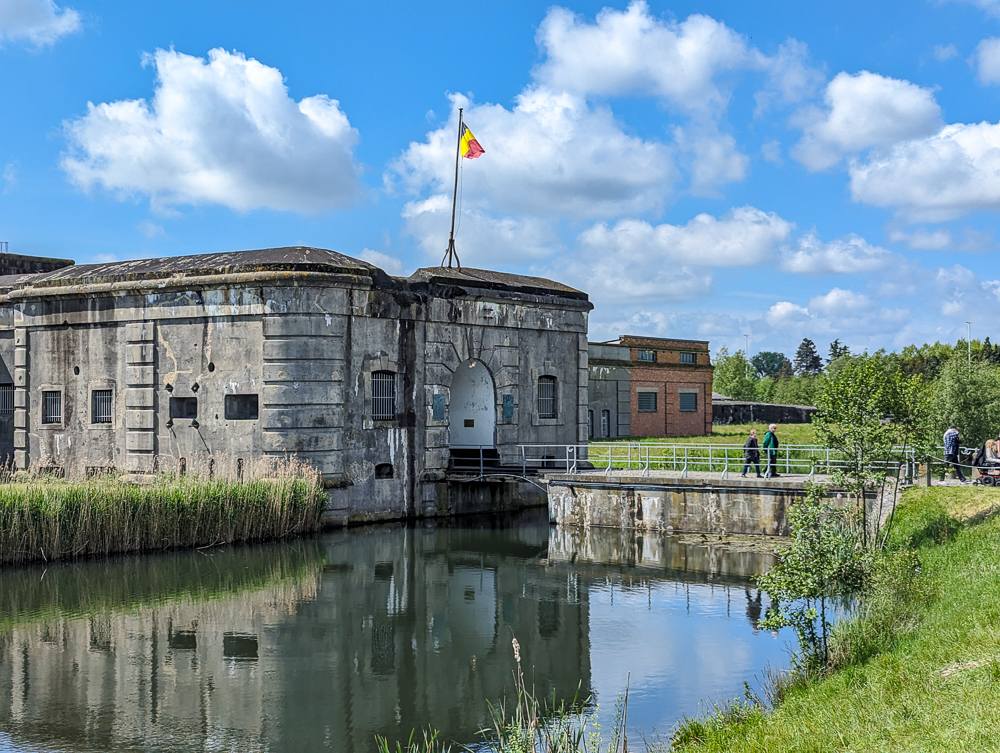
Fort Breendonk during World War II
From September 1940 to August 1944, the SS imprisoned around 3,600 people at Fort Breendonk, about half of whom were Jews. That is, until 1942 when the Nazis began deporting them to Auschwitz and other camps in the East. By the war’s end, 1,733 prisoners had died here.
More than a mere internment camp, Breendonk quickly established a violent reputation. Breendonk’s prisoners were regularly subjected to deplorable living conditions, brutal punishments, torture of all kinds, and, of course, execution.
I list this as one of the must-see WWII sites in Belgium. Click that link for the entire list.
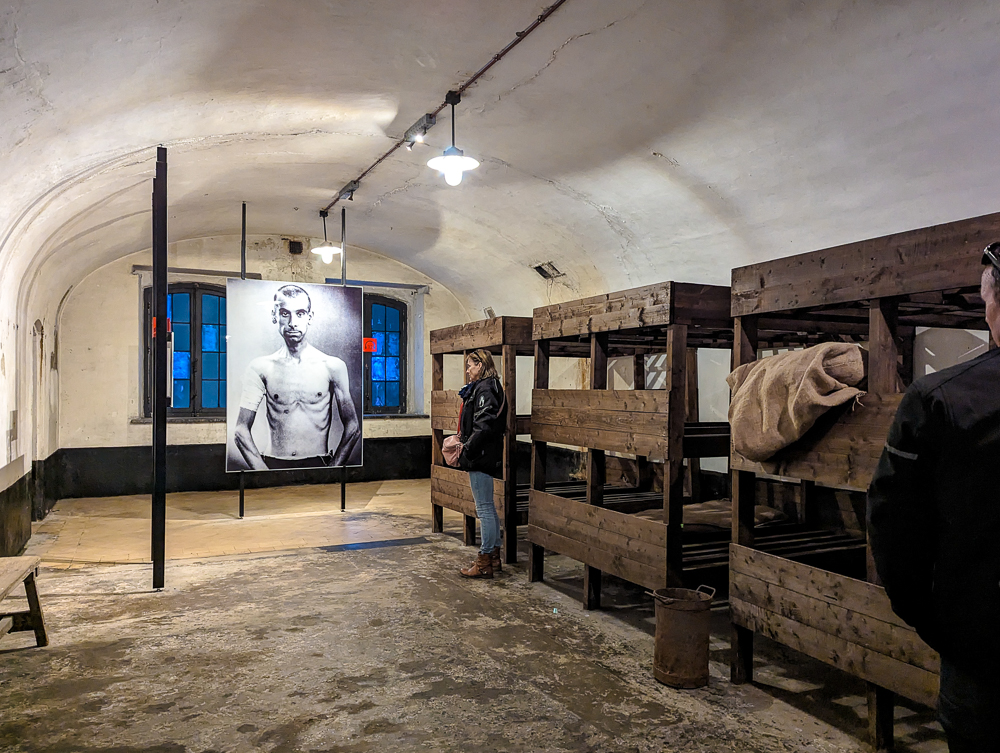
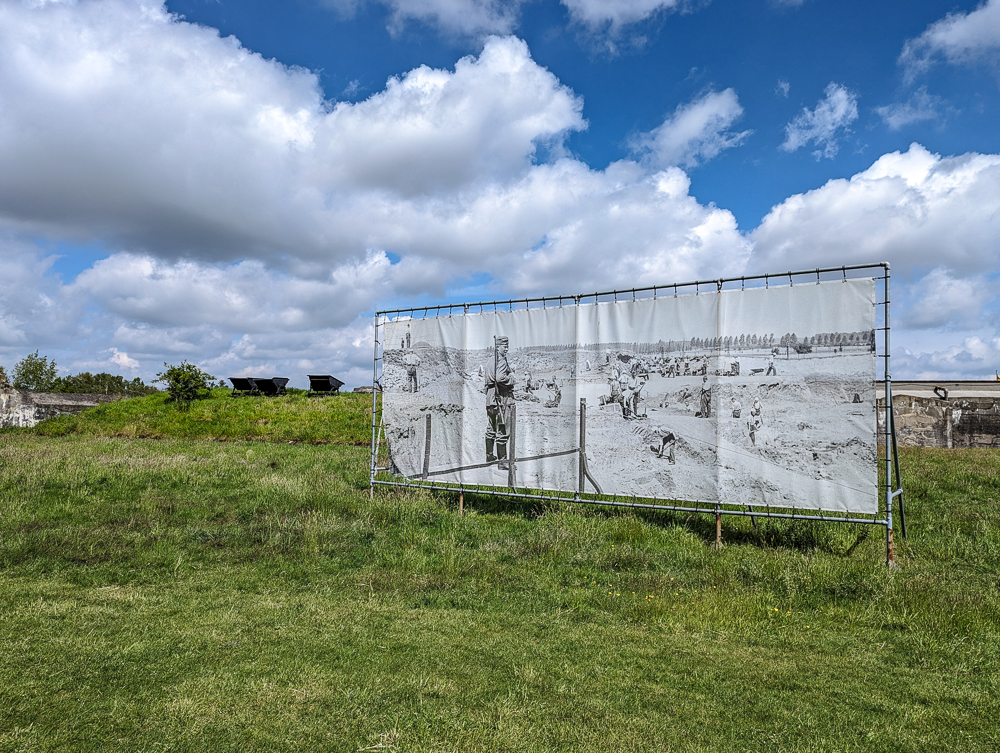
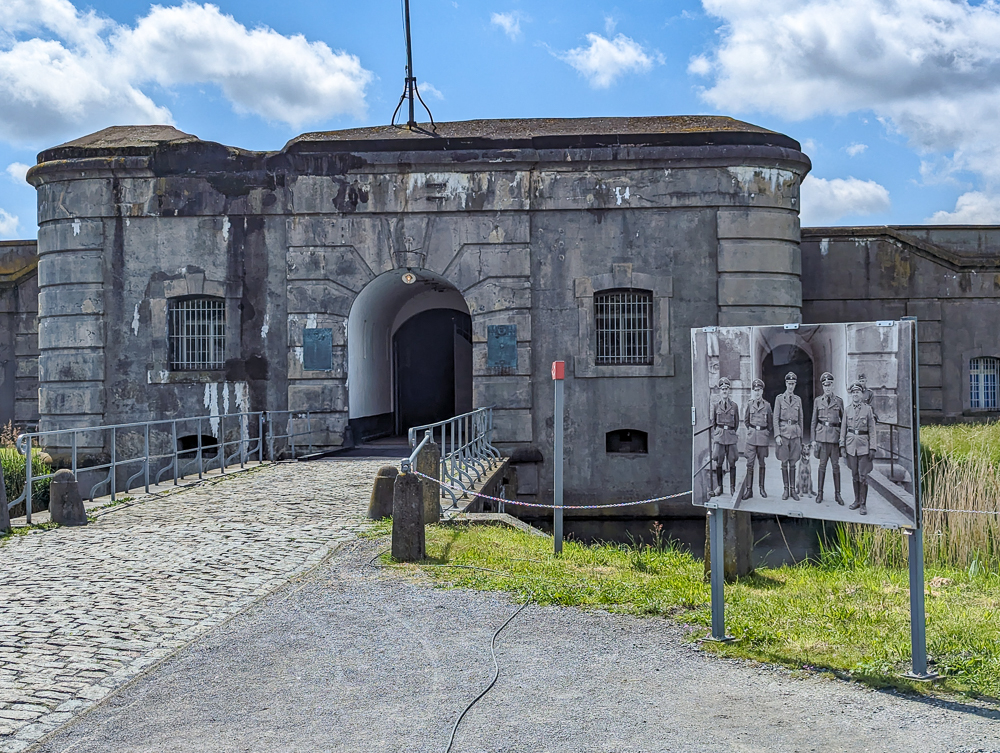
Fort Breendonk today
Fort Breendonk was declared a National Memorial in 1947. Today, it still stands as a testimonial to Nazi atrocities—one of the best-preserved examples of it actually.
It’s open year-round as a museum dedicated to showing you what life was like here for the prisoners during WWII (and in the greater Nazi camp system). There are several memorials inside as well.
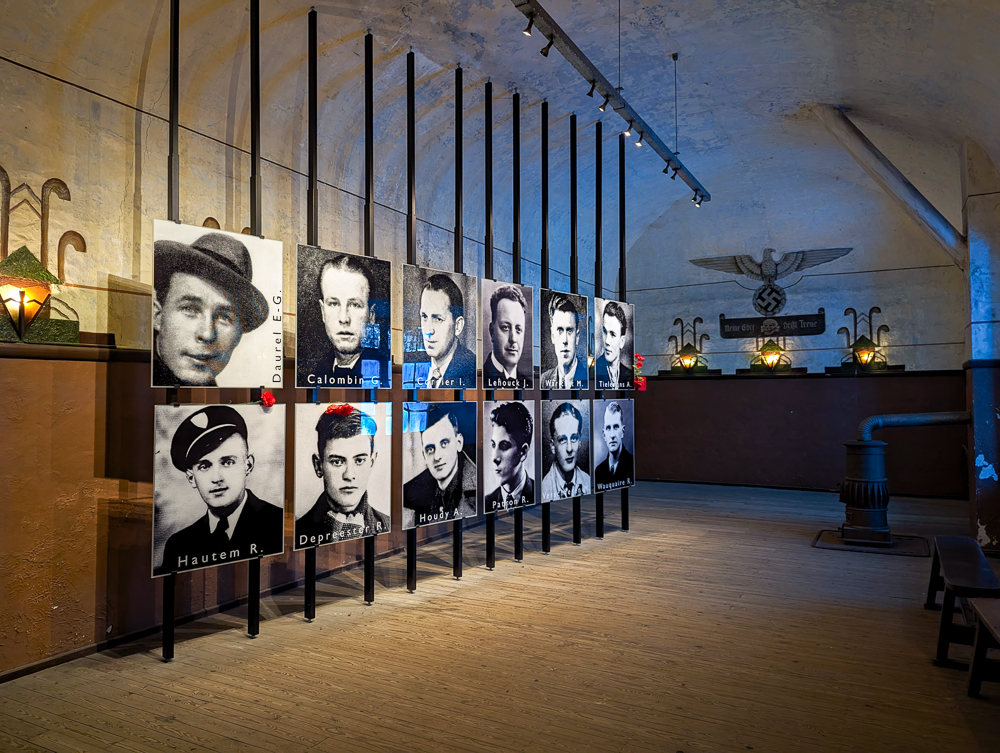
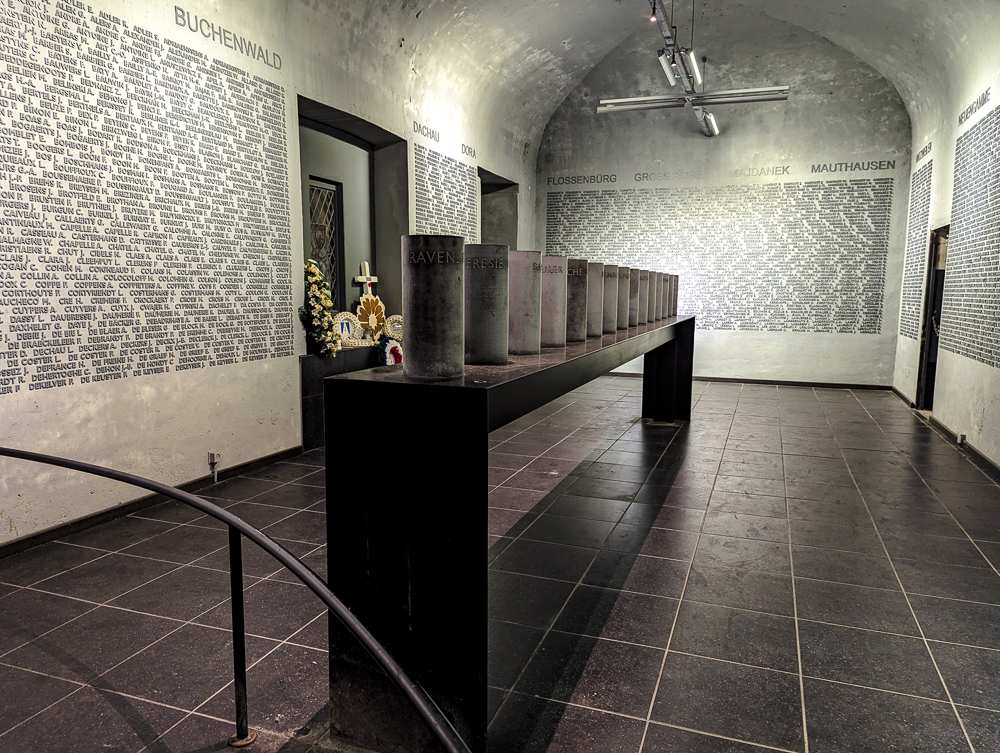
Where is Fort Breendonk
Fort Breendonk is located in the town of Willebroek, Belgium. It’s about halfway between Brussels and Antwerp and close to the town of Mechelen. Address: Fort van Breendonk, Brandstraat 57 – B 2830 Willebroek
See the WWII sites you can visit in Brussels here

How to get to Fort Breendonk
If you have your own car, you’re in luck – this is the easiest way to get here. (Rent one here if you haven’t done so already.) Fort Breendonk is a:
- 40-min drive from Brussels
- 35-min drive from Antwerp
- 1-hour drive from Ghent
Once here, you can park on site for free. Use GPS address: Dendermondsesteenweg 309, 2830 Willebroek – that will take you to the parking area.
To get here by train, first take the train from wherever you are to Mechelen. From Mechelen, trains to Willebroek run every hour. Fort Breendonk is then a 20-minute walk from the Willebroek train station.
From both Brussels and Antwerp, the train portion will take you one hour. (And then 20 minutes walking after that.) You can see train schedules here on Trainline.
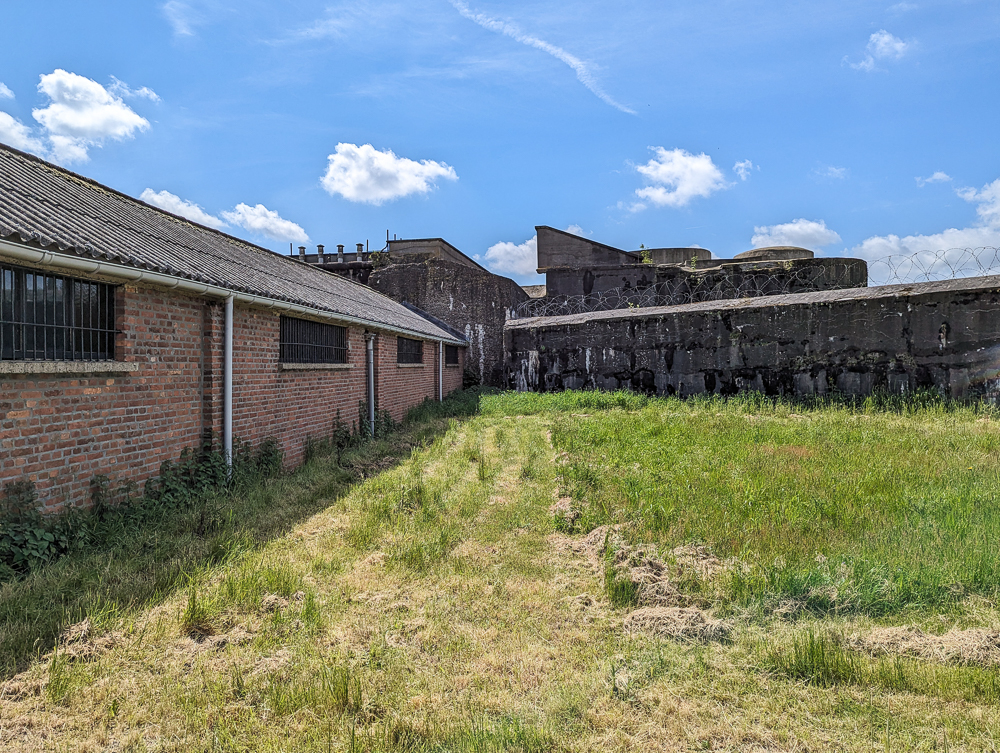
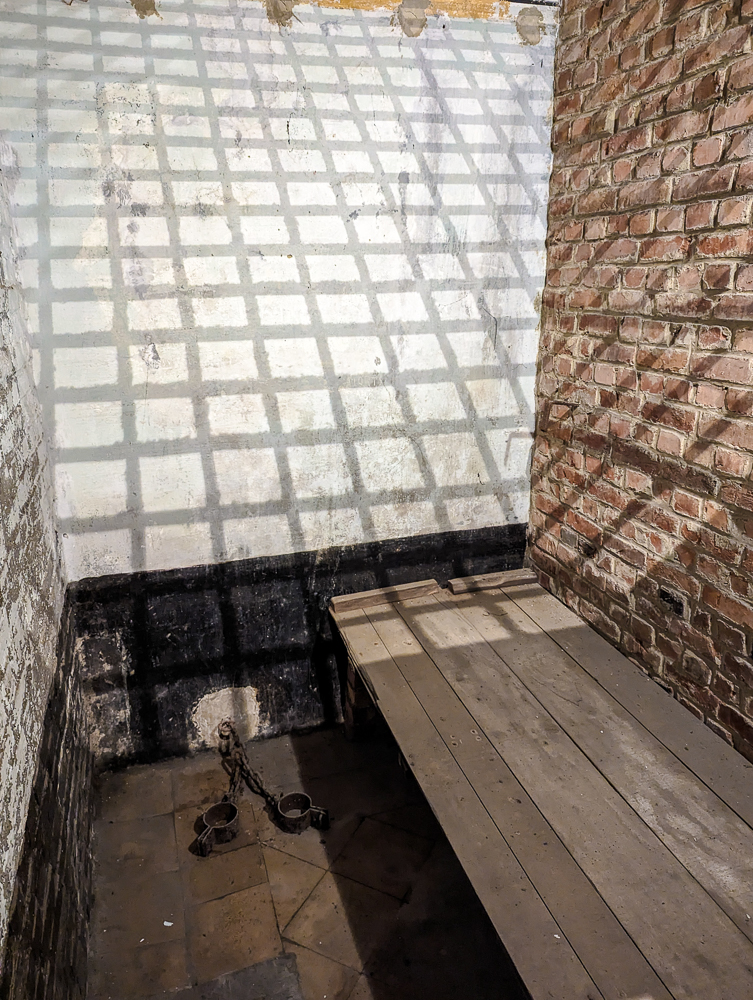
What to see at Fort Breendonk
At Fort Breendonk, you’ll be able to see an incredibly well-preserved Nazi prison camp and everything that entails. While here, you can see:
- Prisoner cells
- Barracks
- Torture chambers and isolation cells
- Execution grounds and gallows
- Prisoner work yards
- Shower room
- The tunnels
There are also several rooms that have been turned into memorial spaces and several others that include informative displays and exhibits.
Most of the areas mentioned above also include material like informative displays, photos and/or video footage, sound recordings, historical artifacts, and more.
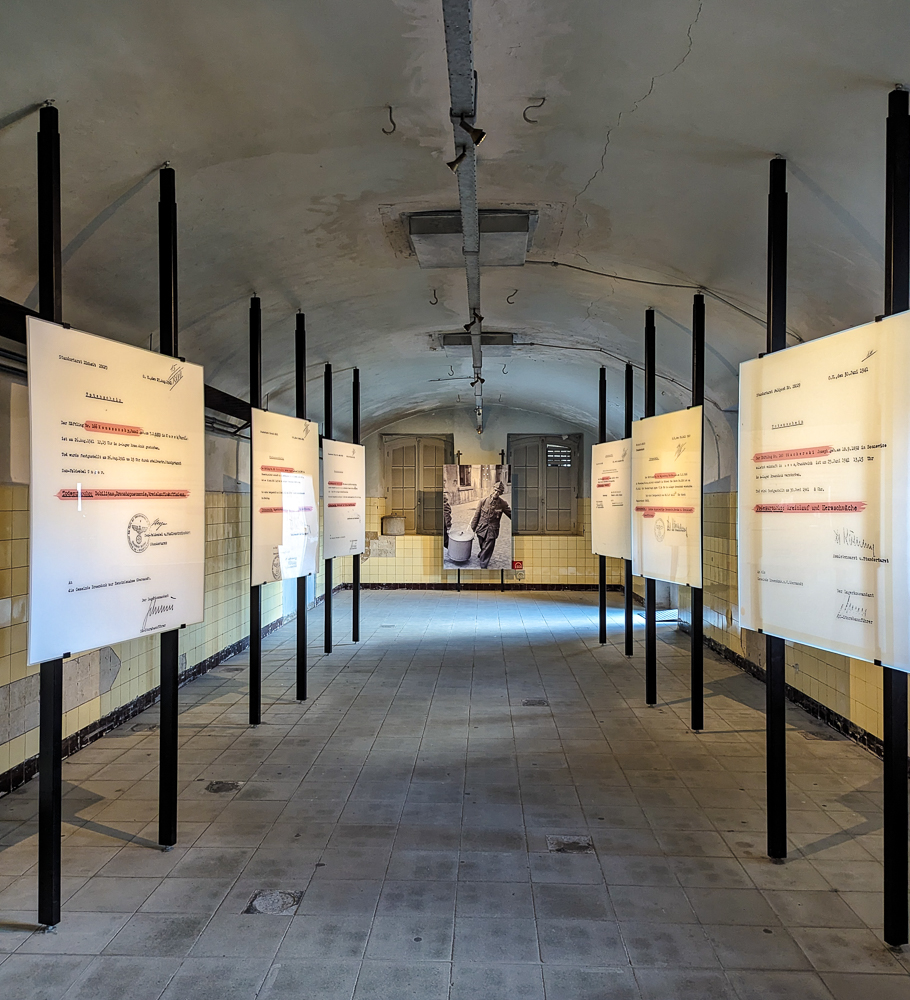
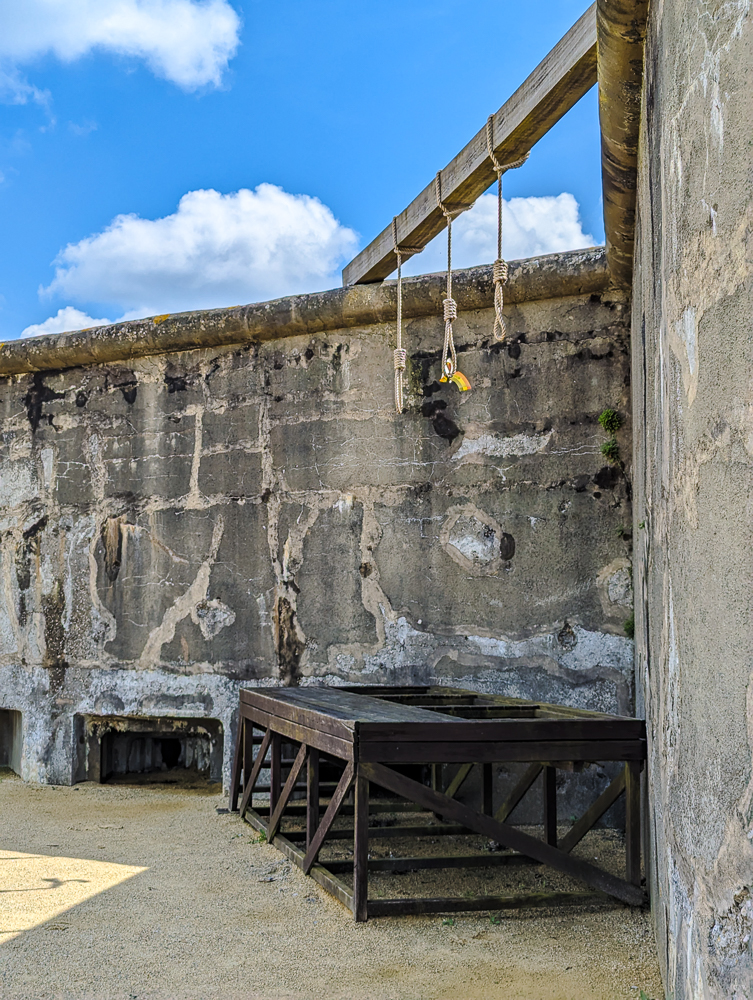
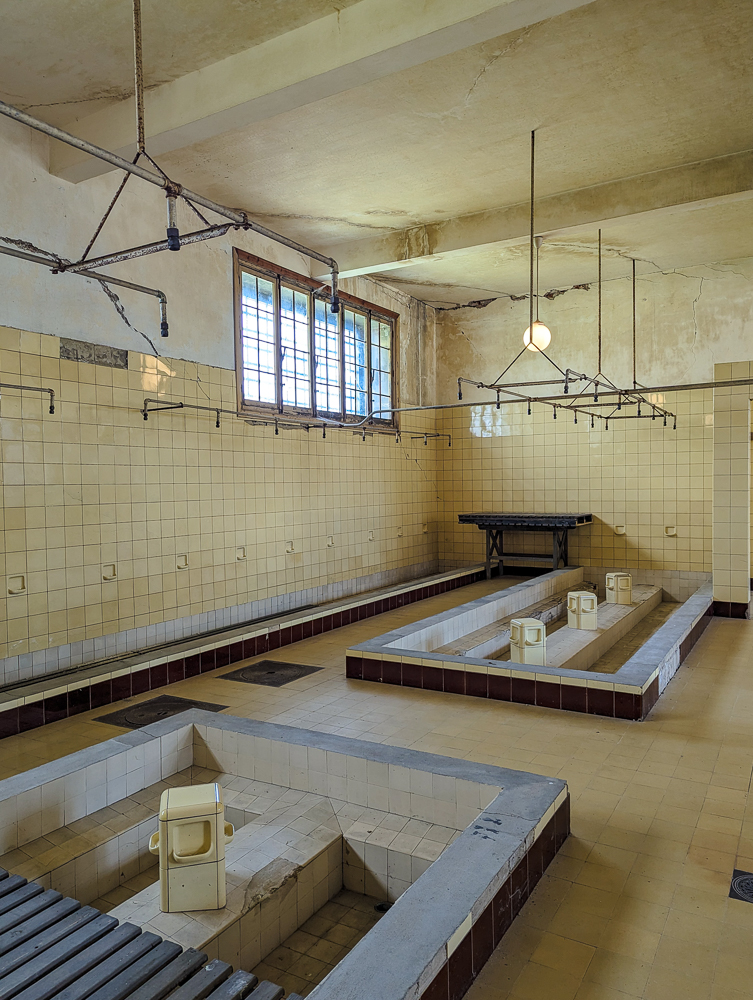
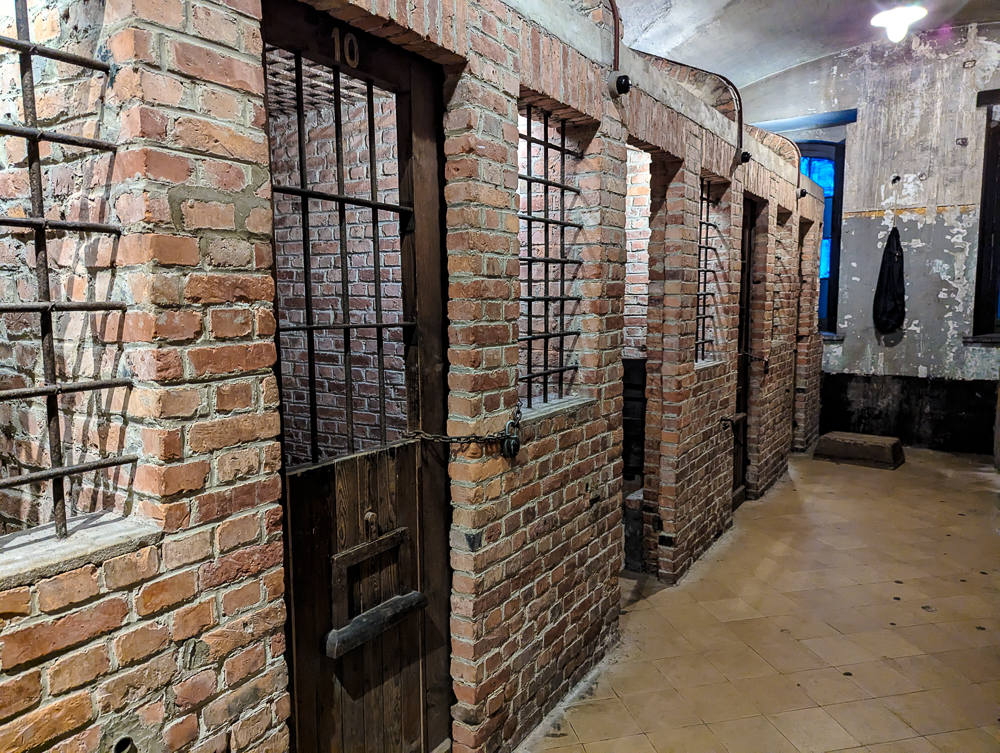
What to expect when visiting Fort Breendonk
Upon arriving, you’ll first stop by the visitor center to pay your entrance fee and pick up your audio guide (included in your admission). There are restrooms in this building too so go now if you need to.
You’ll then enter the imposing concrete fort by crossing a bridge over the fort’s moat. From here, you’ll be able to follow a numbered walking path throughout the entire camp. Each number will match a certain room/area to a recording on your audio guide. There’s not a lot of information displayed, so the audio guide plays a big role here.
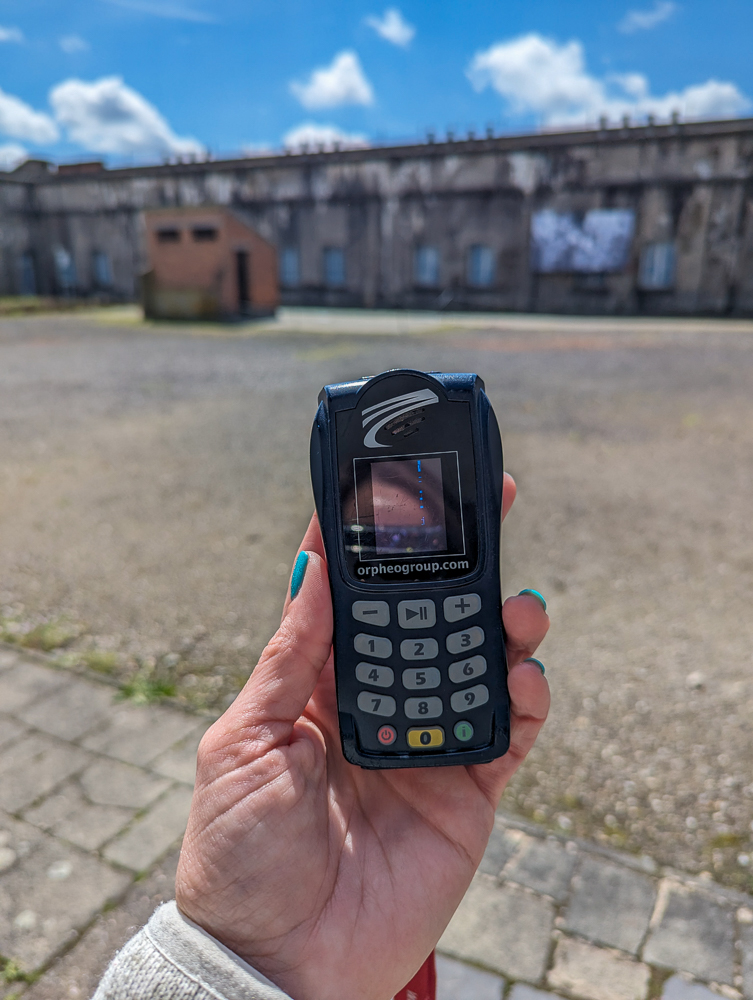
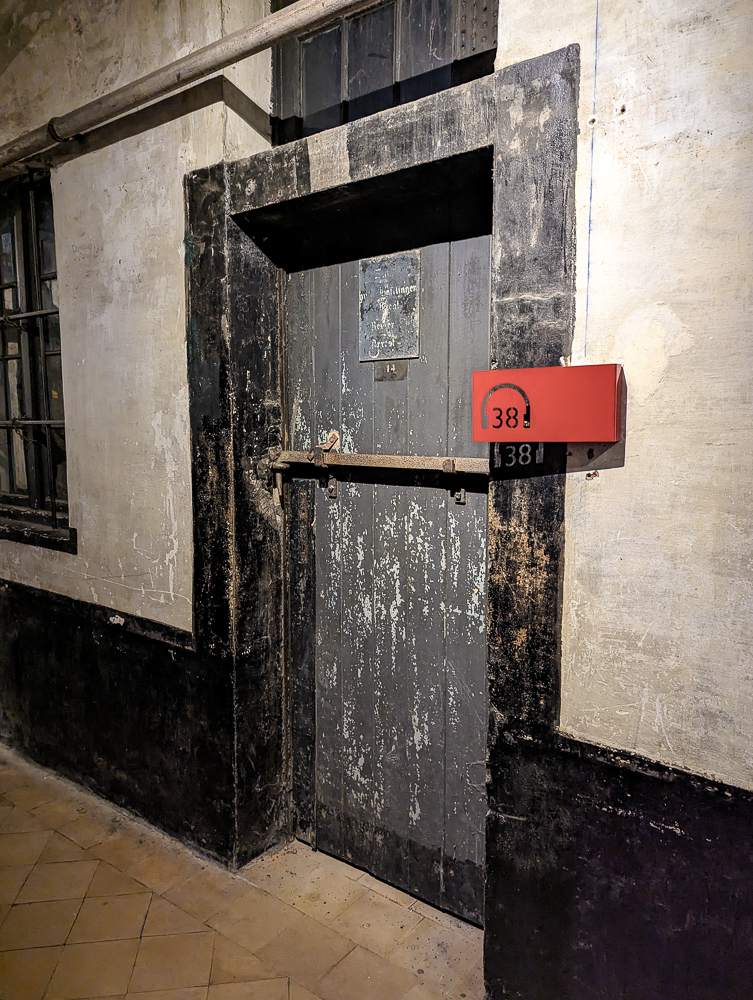
You’ll walk the maze of tunnels and rooms inside the fort and then head outside. You’ll then circle around the perimeter of the fort where you’ll visit places like the work yards, the execution grounds, and more. Then, you’ll cross another bridge over the moat and find yourself back at the entrance. Don’t miss the railcar on your way out.
Prepare to spend around two hours on your visit here.
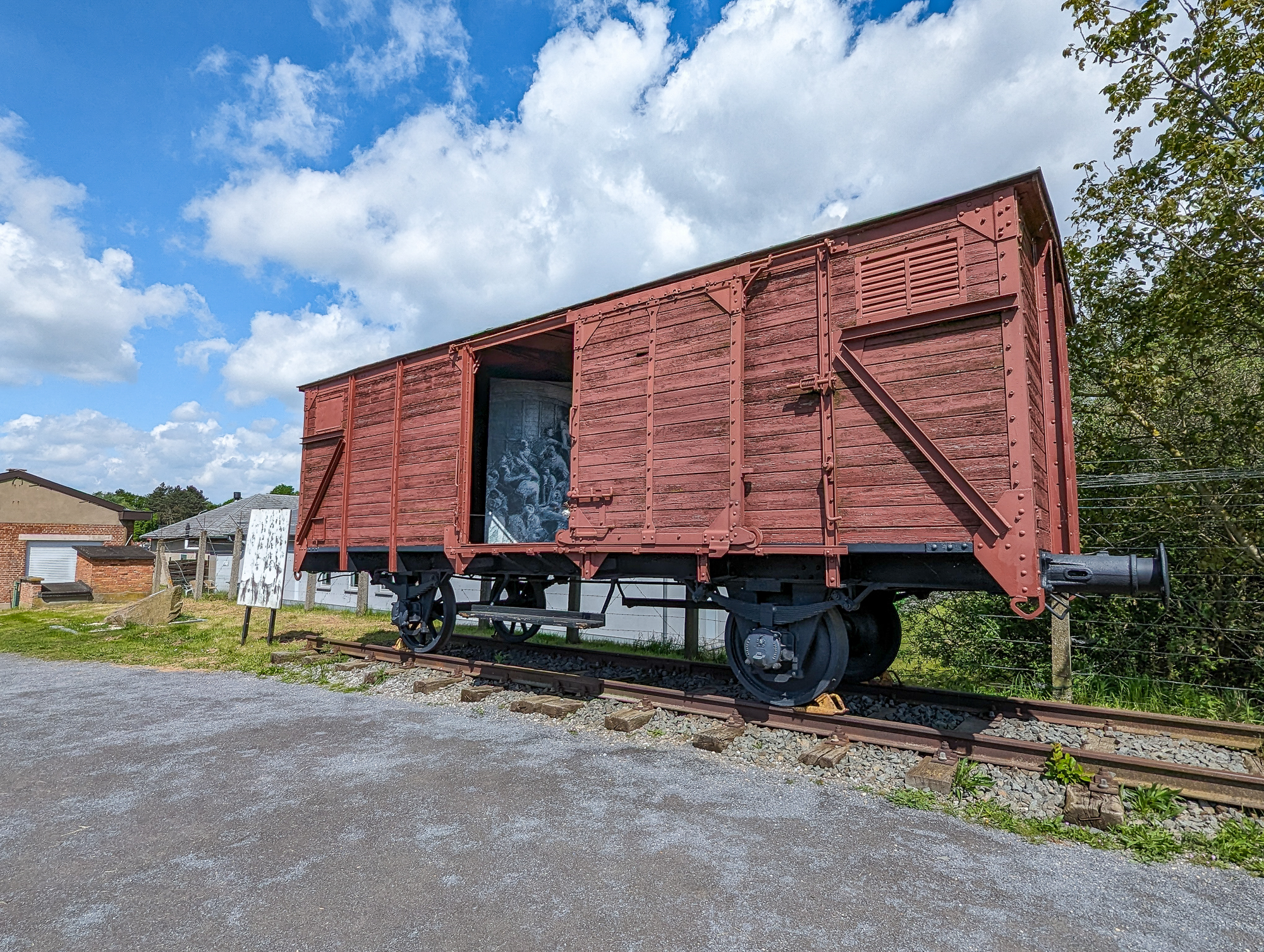
VE Day at Fort Breendonk
One thing I didn’t expect on my 2024 visit was the thousands of people I’d find at Fort Breendonk the day I visited. The streets all around it were jammed and I could see people parking far away and walking there. (I had to park in a neighborhood about half a mile away myself.)
Turns out, this former Nazi prison camp was the setting of a massive VE Day celebration (i.e., May 8, the end of World War II in Europe). There were several stages set up with speakers throughout the day, vendor booths, and memorial ceremonies.
The speakers talked about the dangers of right-wing extremism and how we could easily fall into that trap again if we’re not careful. It gave me goosebumps to see so many people at a historic site like this one where I’m typically one of the only few visitors around.
The event was hosted by the 8 May Coalition and is an annual event. Keep this in mind if you plan on visiting on or around May 8. The Fort’s website will be updated to note this information. (Note that in 2024 the event was held on Sunday, May 6.)

Essential visitor information
Here’s the necessary information you need to plan your trip to Fort Breendonk: (Accurate as of May 2025.)
Website: breendonk.be
Admission: Adults: €12 / Children (6-18): €9 / Children (<6): Free / Many discounts available; see website for details / Audio guide included with admission
Hours: Open daily from 9:30am – 5:30pm (last admission at 3:30pm) / Closed January 1, December 24, 25, and 31
Parking: Free on site
Accessibility: Fort Breendonk is wheelchair accessible and wheelchairs are also available to use free of charge. There’s also a special tour available for visually impaired visitors. Guide dogs are permitted.
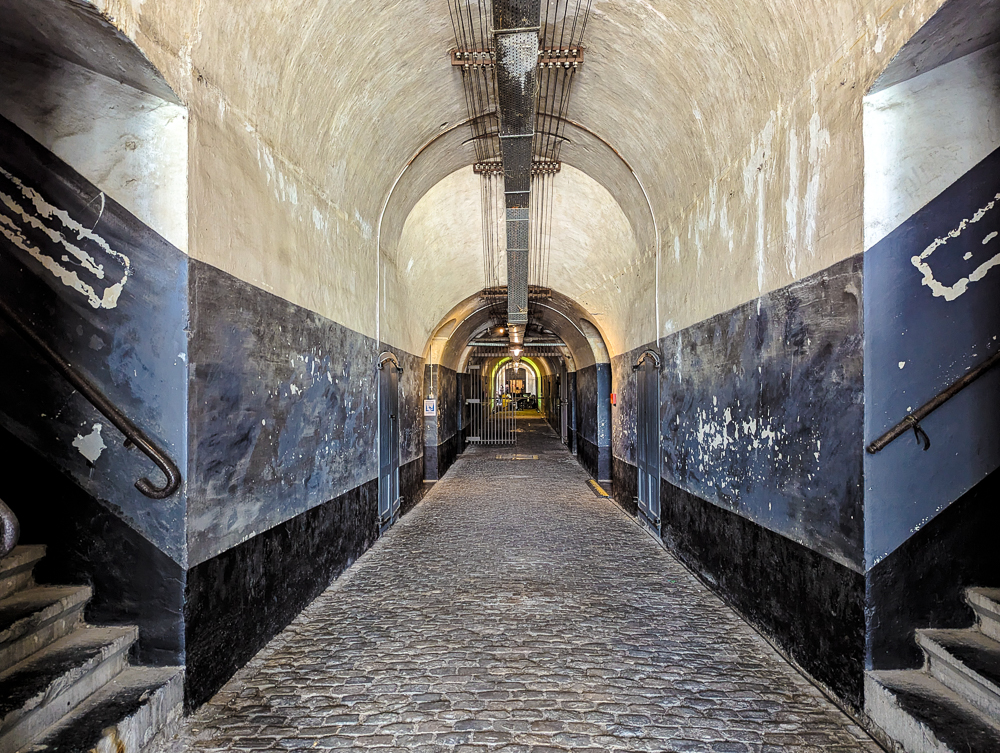
What else to visit nearby
If you have the time, definitely also check out the Kazerne Dossin Holocaust Museum and Memorial in nearby Mechelen. This site is located at the former Mechelen transit camp, where prisoners from Fort Breendonk would be transferred on their way to the extermination camps in Poland.
At Kazerne Dossin you’ll find a large, multi-level museum on all topics related to the Holocaust in Belgium (and beyond). Don’t miss the rooftop observation deck where you can see all of Mechelen and the camp barracks and more.
Across the plaza is also a Holocaust memorial dedicated to the 25,274 Jews and 354 Romani who were deported from here. You’ll also find a railcar here too marking the location of the former camp railway.

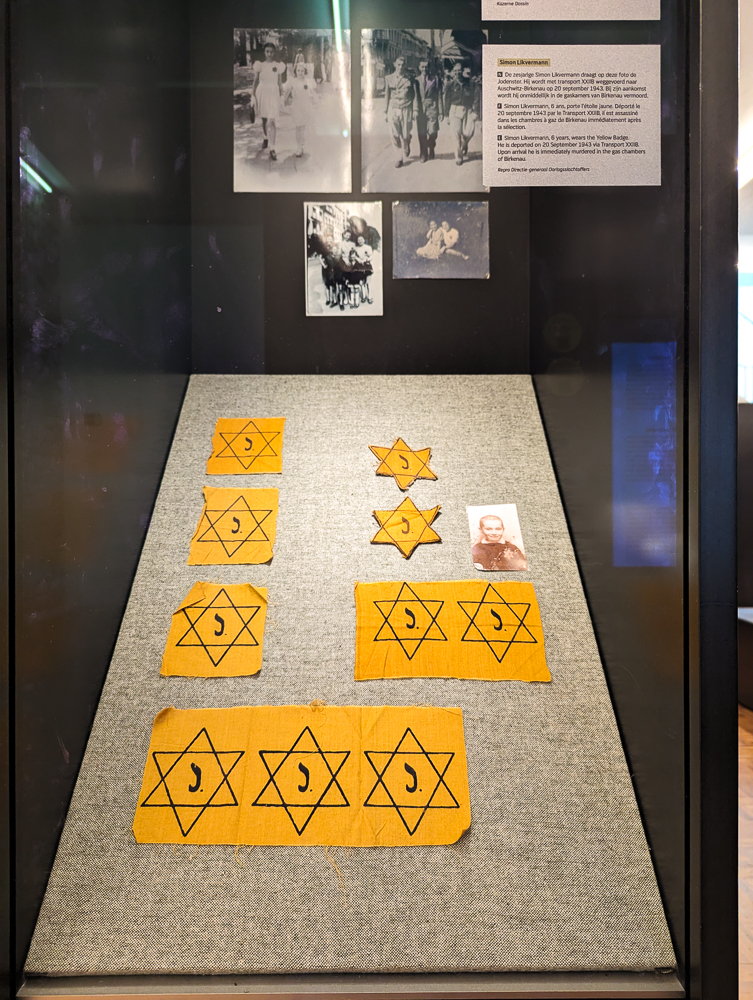
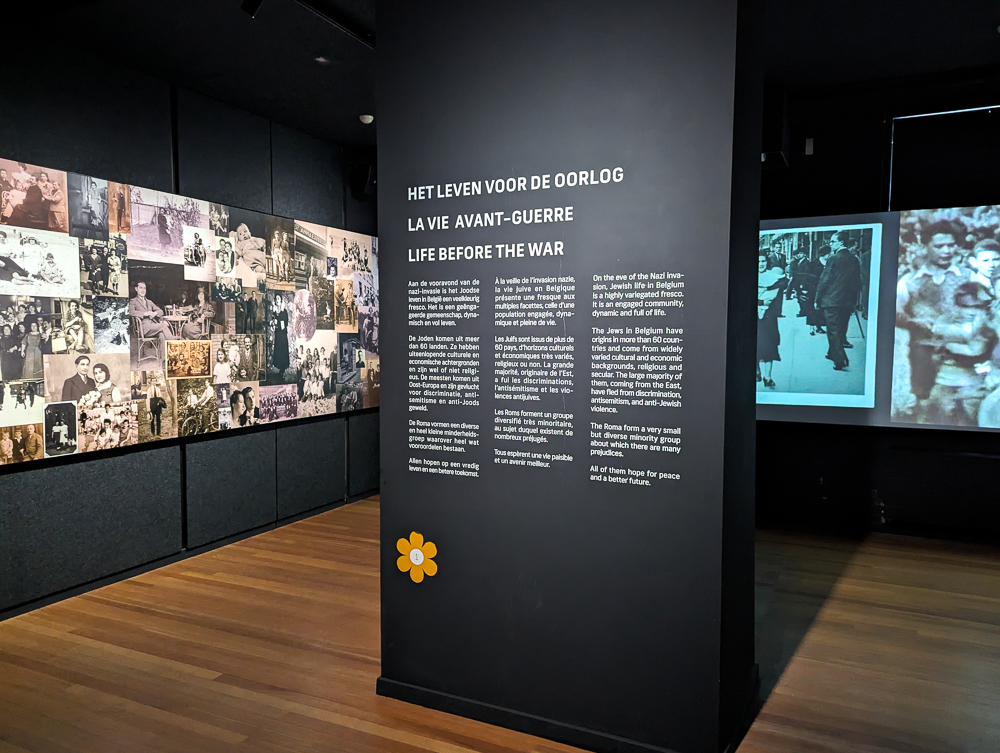
Resources for your visit to Belgium
- Hotels: Find great places to stay here on Booking.com (but Expedia and Hotels.com usually have good deals too).
- Rental cars: Check out the best Belgium rental car deals here.
- Travel planning: Pick up a Belgium guidebook and this super helpful Belgium customs and culture guide.
- For more local tours, check out all the options from Viator and Get Your Guide.
- What else have I covered in Belgium? Check out my Belgium archives.
Like this post? Have questions about visiting Fort Breendonk? Let me know in the comments below!

Save this info, pin this image:
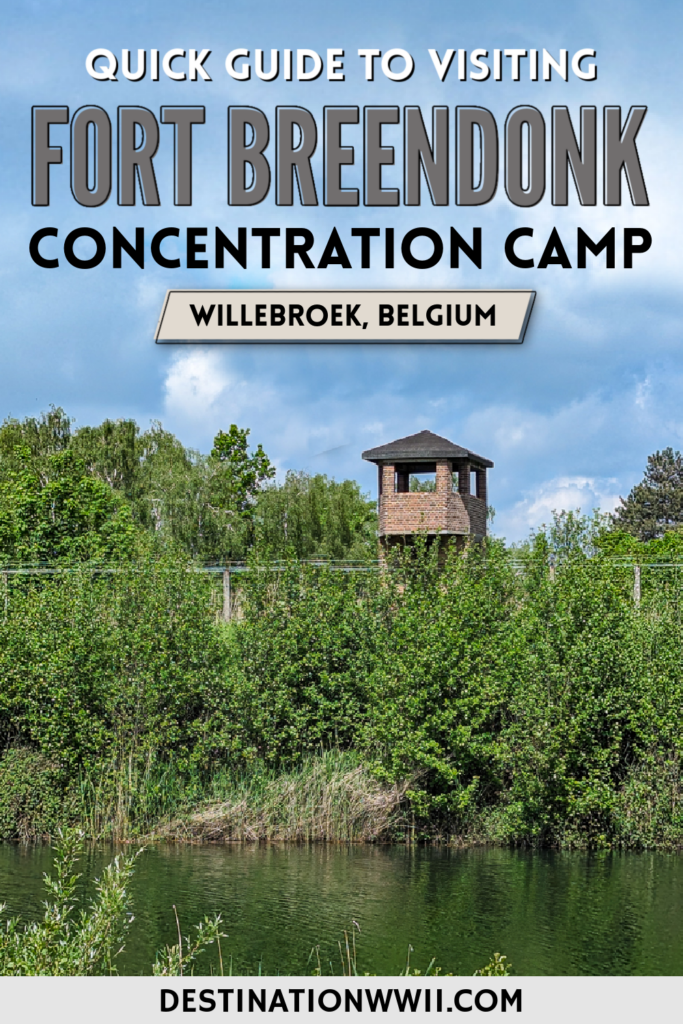
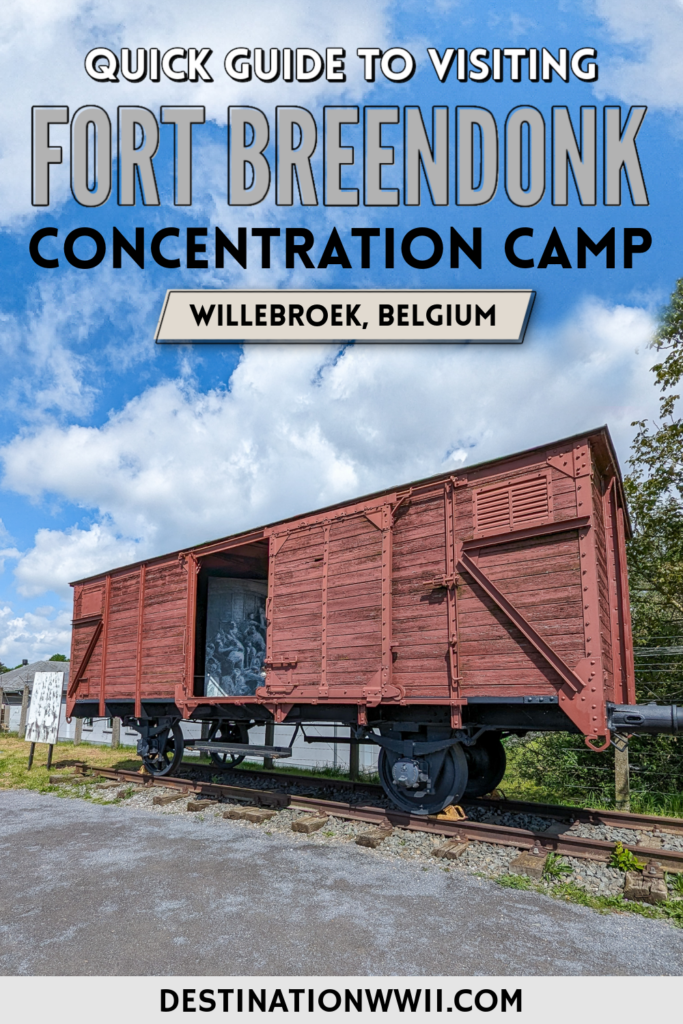

Sounds like a heart-breaking but important place to visit. We must never forget
Agreed!